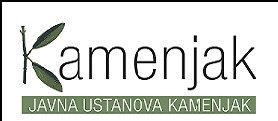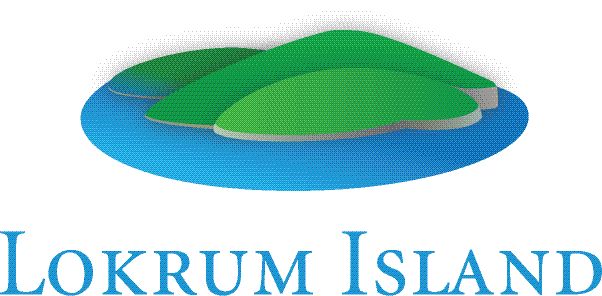English below
La Camera di Commercio di Sassari istituisce un Premio
Internazionale denominato “MEDITERRANEO PATRIMONIO DELL’UMANITA’ ! “ quale evento prestigioso a chiusura della manifestazione
NAUTIC EVENT 315° che si svolgerà ad Alghero dal 1 al 4 maggio 2019.
La mission del Premio è quella di ricercare, promuovere
e premiare i migliori progetti rivolti alla tutela e alla valorizzazione del
grandissimo e straordinario Patrimonio storico, archeologico, paesaggistico,
ambientale, artistico e culturale del Mediterraneo. Progetti che coinvolgono le
scienze e le tecnologie sostenibili per lo sviluppo delle economie del mare,
che pongono le basi per un turismo culturale, sostenibile ed esperenziale,
progetti che coinvolgono la sfera sociale delle comunità e dei territori, verso
un futuro di innovazione, di rilancio e di prosperità nel pieno rispetto delle
risorse umane e ambientali.
Sono due le categorie del Premi:
A. PROGETTI DI ARTE E CULTURA
> progetti artistici e culturali innovativi che
prevedano il coinvolgimento
e la partecipazione sociale, rivolti alla tutela e alla
valorizzazione del
patrimonio storico-artistico e con particolare
attenzione all’ambiente, al
paesaggio e alla stratificazione storica dei luoghi nei
quali sono inseriti;
progetti innovativi per il recupero di arti e mestieri
con particolare
attenzione ai settori del mare e della nautica.
B. PROGETTI DI RECUPERO E RIGENERAZIONE SOSTENIBILI
> progetti innovativi di rigenerazione a tutela delle
aree costiere e dei
bacini fluviali e marini; progetti di riconversione dei
siti industriali e delle
aree portuali dismessi; progetti esemplari innovativi
per la sostenibilità
economica e ambientale dei porti turistici, commerciali
o industriali.
Dal link seguente è possibile scaricare il regolamento e
la lettera di adesione in italiano, inglese, francese e arabo.
LINK: https://www.ss.camcom.it/index.php?option=com_content&view=article&id=1686:rr&catid=79:attivitromozionali
info: premiomediterraneo@ss.camcom.it
—————————————————————————————————————
The Chamber of
Commerce of Sassari has established an
International Award called "MEDITERRANEAN
HERITAGE OF HUMANITY". A prestigious AWARD
CEREMONY at the end of the NAUTIC EVENT 315° which will take
place in Alghero-ITA from 1 to 4 May 2019.
The mission of the
Award is to research, promote and reward the best projects aimed at the
protection and enhancement of the great and extraordinary historical,
archaeological, landscape, environmental, artistic and cultural heritage of the
Mediterranean. Projects that involve sustainable sciences and technologies for
the development of sea economies, that lay the foundations for a cultural,
sustainable and experiential tourism, projects that involve the social sphere
of communities and territories, towards a future of innovation, revitalization
and prosperity in full respect of human and environmental resources.
There are two
categories of the Award:
A. ART AND CULTURE
PROJECTS
- innovative
artistic and cultural projects involving the participation of and social
participation, aimed at protecting and enhancing the value of the historical-artistic
heritage and with particular attention to the environment, to the landscape and to the
historical stratification of the places in which they are inserted; innovative projects
for the recovery of arts and crafts with particular emphasis on attention to the
marine and nautical sectors.
B. SUSTAINABLE
RECOVERY AND REGENERATION PROJECTS
- innovative
regeneration projects for the protection of coastal areas and the environment river and marine
basins; projects for the conversion of industrial sites and disused port areas;
innovative exemplary projects for sustainability economic and
environmental aspects of tourist, commercial or industrial ports.
You can download the
RULES AND REGULATIONS and the letter of PARTICIPATION in Italian, English,
French and Arabic.
PLEASE SEE BELOW
LINK: https://www.ss.camcom.it/index.php?option=com_content&view=article&id=1686:rr&catid=79:attivitromozionali
info: premiomediterraneo@ss.camcom.it
























